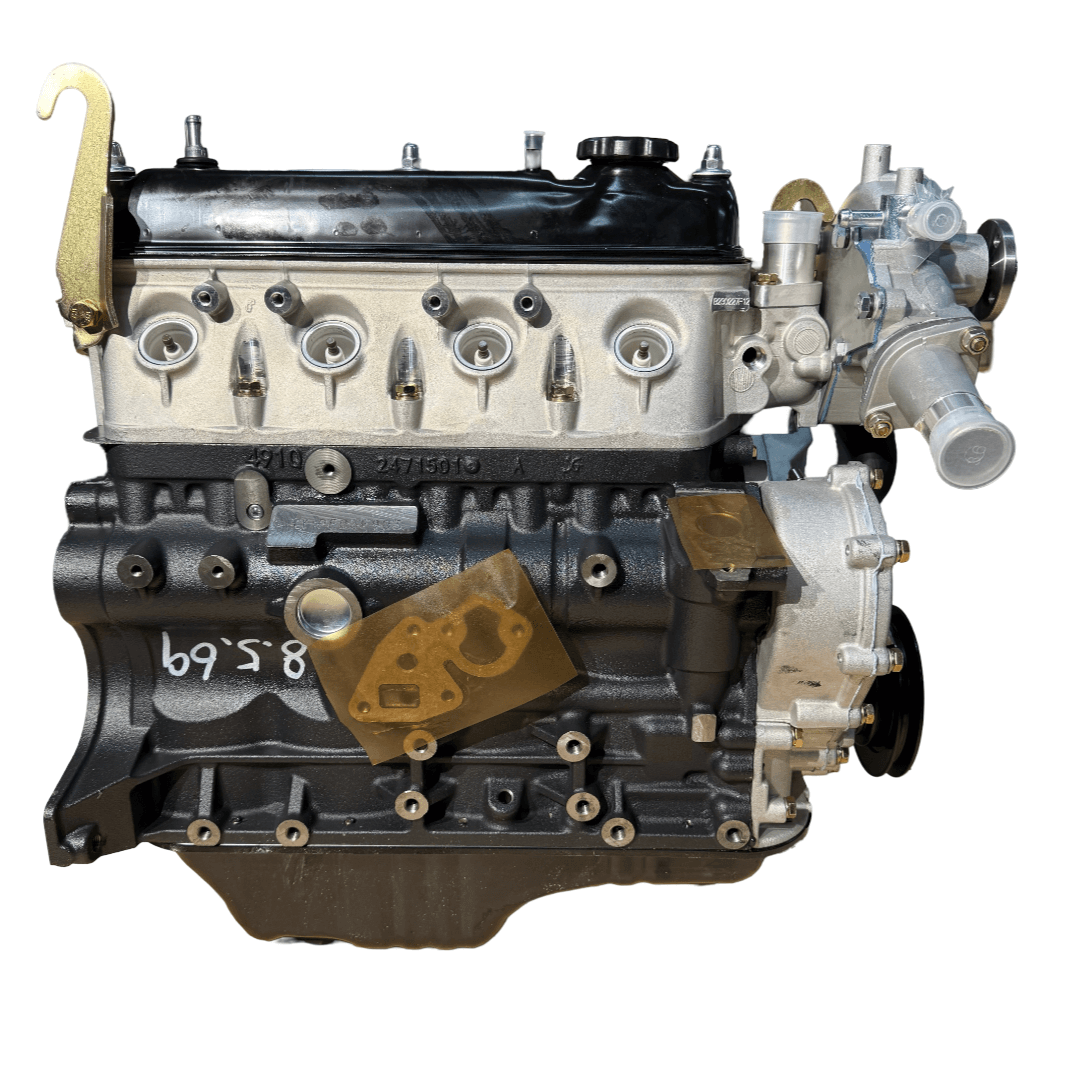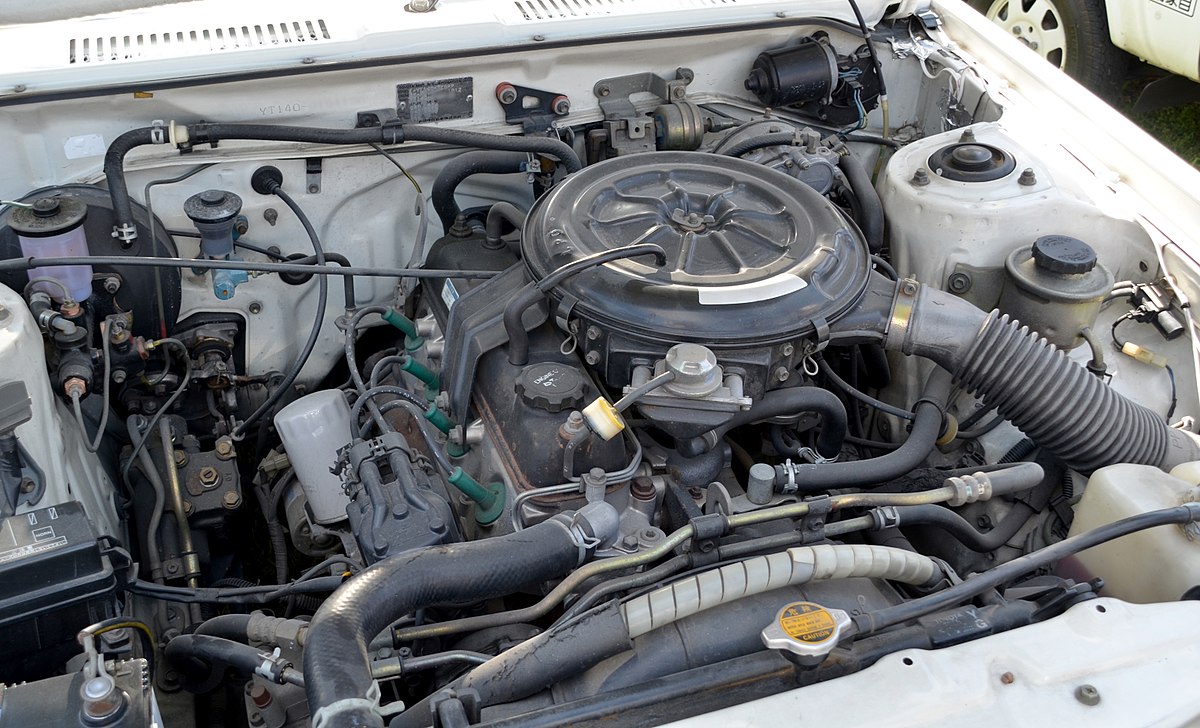The Ultimate Overview to the Engine: Secret Insights for each Vehicle Fanatic
Understanding the engine is essential for any kind of automobile fanatic, as it offers as the heart of the vehicle and determines its performance. The intricacies of engine characteristics and the latest developments in technology existing concerns that merit additional exploration.
Composition of an Engine
Comprehending the composition of an engine is critical for any cars and truck fanatic seeking to delve deeper into automobile mechanics. An interior burning engine largely includes numerous vital parts that work in unison to transform gas right into power.
At the heart of this system exists the cyndrical tube block, which houses the cylinders where burning occurs. Piston movement within these cyndrical tubes is helped with by the crankshaft, which translates linear movement into rotational power. Furthermore, the camshaft plays an essential function in controlling the opening and closing of the engine's shutoffs, ensuring proper air-fuel mixture consumption and exhaust gas expulsion.
Other crucial components include the gas system, which provides the engine with the necessary gas, and the ignition system, in charge of initiating combustion - 4y engine. The cooling and lubrication systems are also important, preserving optimal operating temperatures and reducing friction, specifically
Engine Types and Configurations
A diverse series of engine types and setups exists, each offering one-of-a-kind benefits and drawbacks customized to different driving needs and preferences. The most usual engine types include inline, V, level, and rotating configurations.
Inline engines, featuring cyndrical tubes arranged in a single line, are understood for their simplicity and performance. They are typically found in compact automobiles, supplying a balance of power and economic climate. V engines, defined by their 2 banks of cylinders set up in a V shape, offer higher performance and smoother procedure, making them preferred in sporting activities and high-end cars.
Flat engines, or fighter engines, have flat opposed cyndrical tubes, which add to a reduced center of mass, improving car security. These are typically seen in brands like Subaru and Porsche.
Rotating engines, although less usual, utilize a special layout with a triangular rotor and deal high power-to-weight proportions. They master lightweight and portable applications, mostly seen in Mazda vehicles.
Each engine type serves particular efficiency characteristics, weight distributions, and gas effectiveness, making certain that auto fanatics can pick the ideal engine arrangement to match their driving design and car requirements.

Exactly How Engines Work
Engines, despite their kind or setup, operate on essential principles that control their performance and effectiveness. At their core, engines convert gas into mechanical power with a series of regulated explosions or compressions. This process normally includes 4 main strokes: consumption, power, compression, and exhaust.
Throughout the intake stroke, the engine pulls in a mix of air and fuel. The compression stroke go to website complies with, where the blend is pressed in the cylinder, increasing its temperature and stress. In the power stroke, a stimulate ignites the pressed blend (in fuel engines) or the blend fires up automatically (in diesel motor), causing a quick development of gases that presses the piston down. The exhaust stroke removes the spent gases from the cyndrical tube. 4y engine.
The effectiveness of an engine is affected by numerous elements, including the style of the combustion chamber, the kind of gas made use of, and the accuracy of the engine's parts. Comprehending these fundamental principles is crucial for auto enthusiasts that look for to appreciate the detailed mechanics behind their cars, along with for those aiming to boost performance via modifications and tuning.
Developments in Engine Modern Technology
In recent times, advancements in engine innovation have actually considerably changed the auto landscape, enhancing both performance and ecological sustainability. One of the most noteworthy innovations is the development of turbocharging and supercharging, which allows smaller engines to generate higher power outcomes without compromising fuel performance. This has caused a rise in the appeal of scaled down engines, offering producers with the capability to fulfill stringent discharges guidelines while preserving efficiency standards.
Additionally, hybrid and electrical powertrains are improving the engine paradigm. Crossbreed systems incorporate internal combustion engines with electric motors, enhancing fuel consumption find more information and minimizing exhausts. Completely electric cars (EVs) get rid of the burning engine entirely, relying upon advanced battery innovation to provide instant torque and excellent acceleration.
Furthermore, the combination of expert system and machine understanding in engine management systems permits real-time optimization of efficiency specifications, enhancing efficiency and responsiveness. Technologies such as variable valve timing and straight fuel shot better fine-tune burning processes, optimizing power output while lessening waste.
As the automobile sector proceeds to progress, these developments in engine modern technology will certainly play a critical function fit the future of flexibility, focusing on both performance and sustainability.
Upkeep Tips for Enthusiasts
Maintaining an engine is as important as the technologies that boost its performance. Regular maintenance not just extends the life of your engine yet also makes sure optimum performance.
Replace and inspect air filters occasionally to make sure correct air movement, which is essential for burning efficiency. A stopped up air filter can cause reduced efficiency and boosted gas usage. Keep an eye on the coolant levels to avoid getting too hot, and change coolant according to the solution routine. 4y engine.

Final Thought
Finally, a complete understanding of engine anatomy, types, and technicians is essential for auto enthusiasts. The expedition of technologies such as turbocharging and hybrid systems highlights the advancements in performance and performance. Regular maintenance techniques, consisting of oil changes use this link and air filter checks, are important for ensuring optimal engine capability and long life. Proficiency of these principles cultivates a deeper gratitude for engine characteristics and boosts the overall driving experience.

Engines, regardless of their kind or arrangement, run on fundamental concepts that regulate their efficiency and performance. In the power stroke, a trigger ignites the compressed mixture (in gasoline engines) or the mixture sparks spontaneously (in diesel engines), resulting in a fast expansion of gases that pushes the piston down.In recent years, developments in engine innovation have substantially transformed the vehicle landscape, enhancing both performance and environmental sustainability.